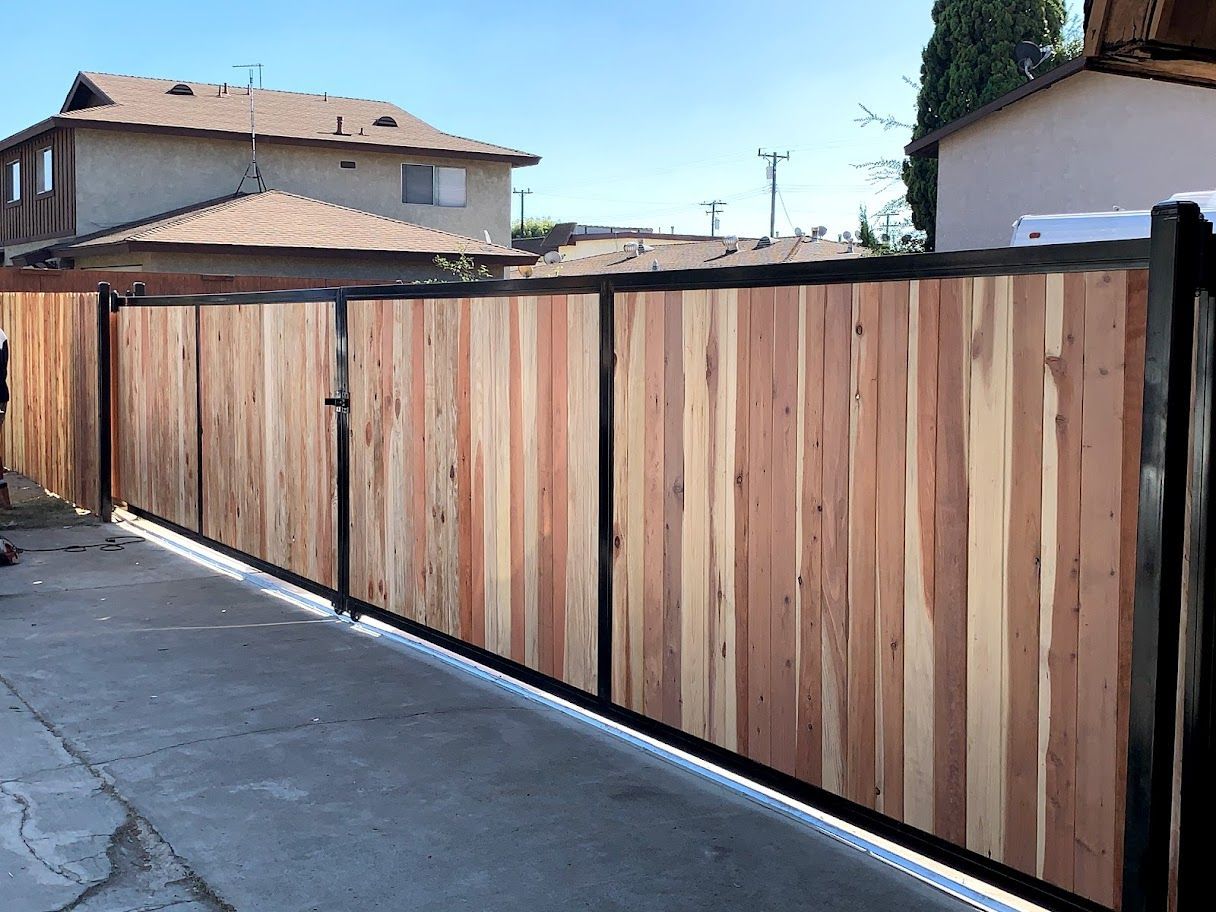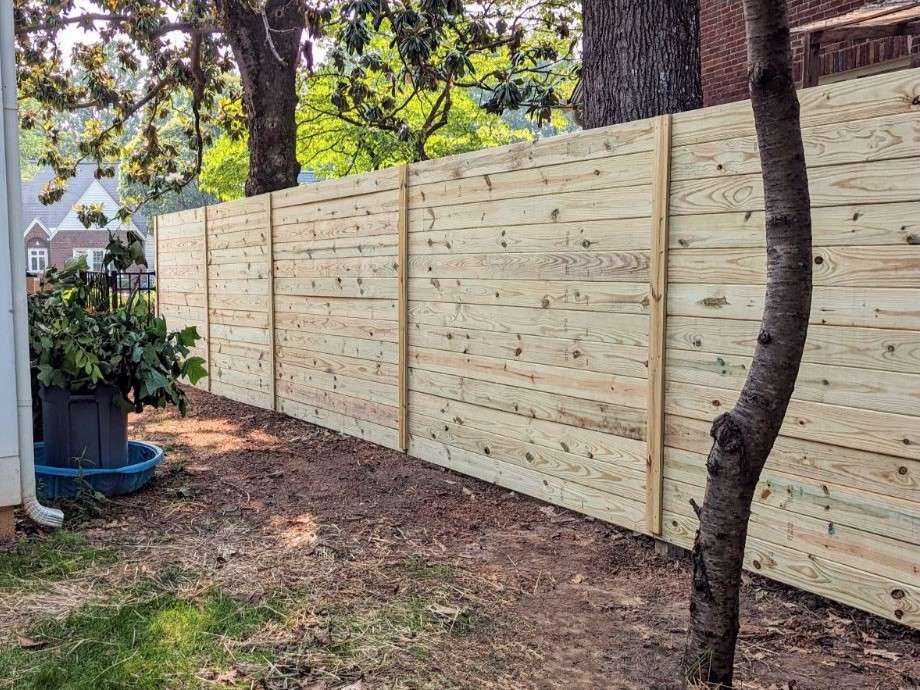All Categories
Featured

When taking into consideration mounting a fence on your residential or commercial property, one of the most crucial steps is to understand whether you require an authorization. Fencing setups usually require an authorization to make certain that the structure follows local zoning laws, constructing codes, and safety and security requirements. The details authorizations called for can vary depending upon your area, the type of fencing you plan to install, and the elevation or positioning of the fence. Right here's a guide to assist you navigate the procedure of obtaining a fence permit and guarantee that your setup is legal and problem-free.
Why You Need an Authorization for a Fence Installment. The license procedure helps local authorities validate that your fencing does not conflict with web traffic visibility, regard your residential property lines, or breach height restrictions. Installing a fence without an authorization can result in penalties, removal of the fencing, or hold-ups in building, so it's necessary to inspect whether a license is required before starting your task.
Sorts Of Authorizations You Might Need. There are a couple of usual sorts of authorizations you could need for a fencing installation:
Building Permit. A structure permit is the most typical license required for fencing installations. This license makes sure that the fence satisfies security criteria and is built according to neighborhood building regulations. A structure authorization is commonly needed if the fence exceeds a specific height (typically 6 feet), is made from specific products, or lies near a public walkway or road.
Zoning Authorization. A zoning permit might be required to validate that your fencing abides with local zoning regulations. Zoning regulations can dictate where a fence can be put on your property, just how high it can be, and whether it is allowed in certain areas (such as along home lines or in front yards) Some communities have regulations limiting the elevation of fences in the front yard to ensure exposure for chauffeurs and pedestrians.

Obstacle License. You might require a problem license if you are constructing a fence near your building line or close to a road. A problem describes the distance a structure, including fencings, need to be from the residential property line. Obstacle guidelines differ by area, and making certain that your fence is placed correctly can avoid problems with neighbors and avoid violations.
Property Owner Organization (HOA) Approval. If you stay in a community governed by a Homeowner's Association (HOA), you may need approval from them in enhancement to local licenses. HOA rules frequently cover the type of products, height, style, and shade of fencings. Also if your regional government doesn't require an authorization, your HOA might still have particular guidelines that require to be followed.
How to Make An Application For a Fencing Authorization. To request a fence permit, you'll need to contact your local building department or preparation office. The application process generally entails filling up out a type, paying a charge, and submitting a website plan of your residential or commercial property that shows the suggested area of the fencing. You may likewise need to consist of information regarding the materials, elevation, and style of the fence.
In many cases, a local authorities might require to examine your property before approving the authorization. Once the authorization is approved, you will certainly be authorized to proceed with your fence setup.
When Is a License Not Required? In specific scenarios, a permit may not be needed. These scenarios can consist of:
Reduced Height Fences: In several locations, fences that are listed below a certain height (usually 3 to 4 feet) may not require a license, specifically if they are placed in the backyard or various other non-visible areas.
Fencing Substitute: If you're replacing an existing fence with the very same elevation and material, some locations might not need a new license.
Non-Obtrusive Fences: Temporary or attractive fences, such as those made use of for gardening or landscaping objectives, may not require authorizations as long as they are low and not permanent.
Nevertheless, it is very important to consult your neighborhood zoning office or structure division, as laws can differ by territory.
Effects of Not Obtaining an Authorization. Falling short to acquire the necessary permits can cause substantial repercussions. These include fines, required elimination of the fencing, or perhaps hold-ups in building. Furthermore, if your fencing does not meet regional guidelines, you might face lawful issues with next-door neighbors or regional authorities.

Conclusion. When setting up a fencing, it's critical to research the license requirements in your location. By ensuring that you follow local policies and obtain the needed licenses, you can guarantee and avoid expensive blunders that your fence is legally certified. Contact your neighborhood building department, HOA, and zoning workplace to determine what authorizations are required for your specific fence task. This step is crucial to secure both your financial investment and your residential or commercial property's worth.
Latest Posts
Check Out the Greatest Auto Repair Deals in Montclare, Chicago
Published May 29, 25
1 min read
Take Advantage of Limited-Time Auto Repair Offers in Chicago at Montclare Auto Repair
Published May 29, 25
1 min read
Explore Cut Costs on Car Maintenance with Montclare Auto Repair’s Special Deals
Published May 25, 25
1 min read
More
Latest Posts
Check Out the Greatest Auto Repair Deals in Montclare, Chicago
Published May 29, 25
1 min read
Take Advantage of Limited-Time Auto Repair Offers in Chicago at Montclare Auto Repair
Published May 29, 25
1 min read
Explore Cut Costs on Car Maintenance with Montclare Auto Repair’s Special Deals
Published May 25, 25
1 min read